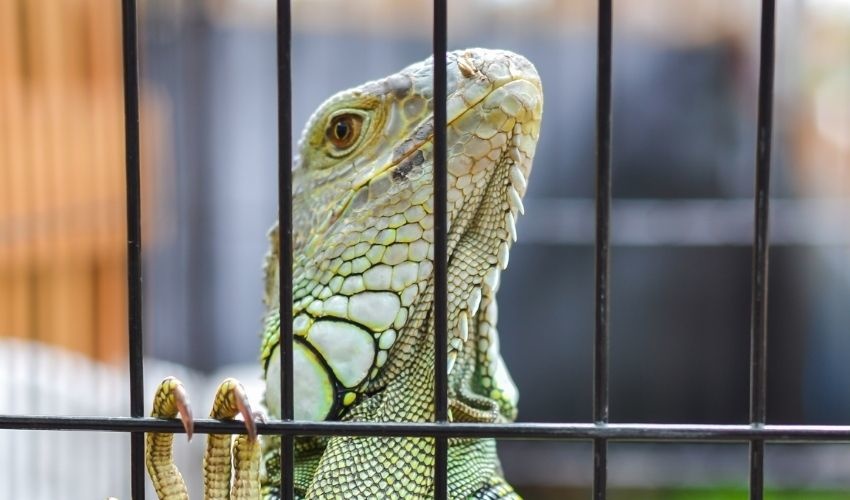In a recent study, researchers discovered that about 4,000 different types of reptiles, such as turtles, lizards, and snakes, are sold on the Internet to become pets all over the world.
Many of these reptiles are rare or endangered, and they need to be protected. But often, there aren’t enough rules to ensure they are sold and treated in a safe and kind manner.
It’s important to take care of these special animals and protect them.
Researchers have found that many reptiles, such as the earless monitor lizard and cave gecko, are caught in the wild and sold on the Internet.

They found that nearly 4,000 different kinds of these animals, mostly those living in the wild, are sold as pets. However, the problem is that most of them are not protected by special rules that help take care of endangered animals and plants.
There is an important rule, called CITES, made in 1975, that helps protect many wild animals and plants. This rule states that certain animals and plants must not be sold to prevent their disappearance. But many of these reptiles are not on the CITES list, so they are not protected.
Scientists looked at many websites that sell animals from 2000 to 2019. They noticed that more and more reptiles are sold each year, and sometimes, very rare reptiles living in hard-to-reach places are sold.
When these reptiles are found, they are sold very quickly. Sometimes, people buy them before they are added to the CITES list. This means they are sold legally, but they are not protected as they should be. Many of these reptiles are endangered because they only live in small areas.
The researchers said that many of these reptiles come from Southeast Asia, like Vietnam, and are mostly sold in Europe and North America. Reptiles are popular as pets because they don’t require much care and they are unique.
The study suggests changing the rules so that only reptiles that are on the CITES list can be sold. This means that before selling a reptile, it must be proven that it is not endangered.
What is the CITES list?
The CITES list, or the Convention on International Trade in Endangered Species of Wild Fauna and Flora, is an international agreement among governments. Its main aim is to ensure that international trade in specimens of wild animals and plants does not threaten their survival.
In this list, species are classified into three appendices, according to the level of protection they need:
- Appendix I: This appendix includes species that are the most endangered. Trade in these species is very strictly controlled and generally prohibited, except under exceptional circumstances.
- Appendix II: This appendix includes species that are not necessarily currently threatened with extinction but could become so if trade is not closely controlled. Trade in these species is allowed but regulated to avoid overexploitation.
- Appendix III: This appendix contains species that are protected in at least one country, which has asked for the assistance of other CITES countries in controlling the trade.
The CITES list is regularly updated to reflect changes in the conservation status of species. CITES member countries must follow its regulations and issue permits for the trade of listed species, ensuring that their trade does not harm their survival in the wild.





